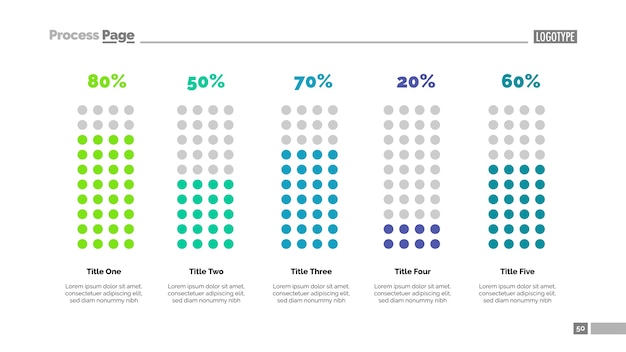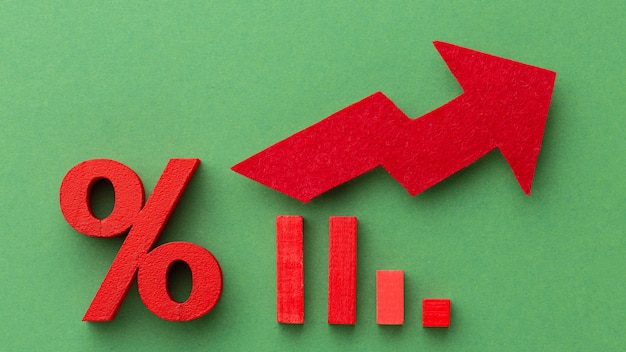PERCENTAGE
“percent” means “for every hundred”. This concept is developed for the easier comparison of fractions by equalizing the denominator to a hundred.
For example : \sfrac{6}{11} as a percentage is represented as
\frac{\frac{6}{11}\times100}{100}=54.54%\ or\ 54\sfrac{6}{11}
Note : percentage can also be represented as decimal factions
For example , 30% is same as \frac{30}{100}
Hence, any percentage can be expressed as a decimal fraction by dividing the percentage figure by 100
Converting x% as a fraction :
X% of 100 = \frac{x}{100}
For Example : 25 % = \frac{25}{100}\ or\ \frac{1}{4}
Converting decimal to percentage:
Any decimal Fraction can be converted into a percentage by multiplying it by 100
Example:
0.3=\frac{0.3\times100}{100}=\frac{30}{100}=30%
Note :
when two numbers X and Y are given then one number can be expressed as a percentage of the other.
X\ as\ percent\ of\ Y\ =\frac{x}{y}\times100
Y\ as\ percent\ of\ X\ =\ \frac{y}{x}\times100
X% * Y = Y% *X
example: 60% of 30 = 30% of 60
\frac{60}{100}\times30=\frac{30}{100}\times60
18 = 18 (both answer will be equal)
Percentage increase or Decrease :
Percentage Increase or Decrease of a given quantity Is the ratio expressed in percentage of the actual increase or Decrease of a quantity
Percetage\ increase\ =\ \frac{Actual\ increase}{original\ quantity}\times100
Percentaghe\ decrease\ =\frac{Actual\ Decrease}{original\ quantity}\times100
For example, If the production of wheat went up from 225 MT in 1992 to 242 MT IN 1993, then the percentage increase in wheat production from 1992 to 1993 is calculated as follows
Actual increase = 242- 225
= 17 MT
Here is an increase of 17 MT is on 225 MT. (Which Is considered as the base for percentage increase)
\frac{Actual\ increase\ from\ 1992\ to1993}{Actual\ production\ of\ Wheat\ in\ 1992}\times100=\frac{17}{225}\times100=7\sfrac{5}{9}%
Note: for calculating the percentage increase or decrease, the base is always the original quantity
Multiplicative factors :
Based on percentage increase or decrease, We can write down how many times the value gives the new value, which is called Multiplicative Factors.
For Example: if there is a 30% increase in the value, the new value is 30 times the old value gives new value
Assume old value as 100 then New value will be 100 + 30% of100 = 130
If there is a 30% decrease in the given value
Assume old value as 100 then New value will be 100 - 30% of 100 = 70
Successive Percentage changes:
Quantity may be increased successively or decreased successively, then instead of finding the change each stage, we can use the following formula to get the answer quickly.
Therefor , if there are successive increases of p% , q% , r% in three stages , the effective percentage increase is
\left(\frac{100+p}{100}\right)\left(\frac{100+q}{100}\right)\left(\frac{100+r}{100}\right)-1\times100
If one or more of p, q, and r decreases, then it will be taken as a negative figure and note as a positive figure.
Similarly, if the resultant figure is negative, it means there is no decrease.






0 Comments